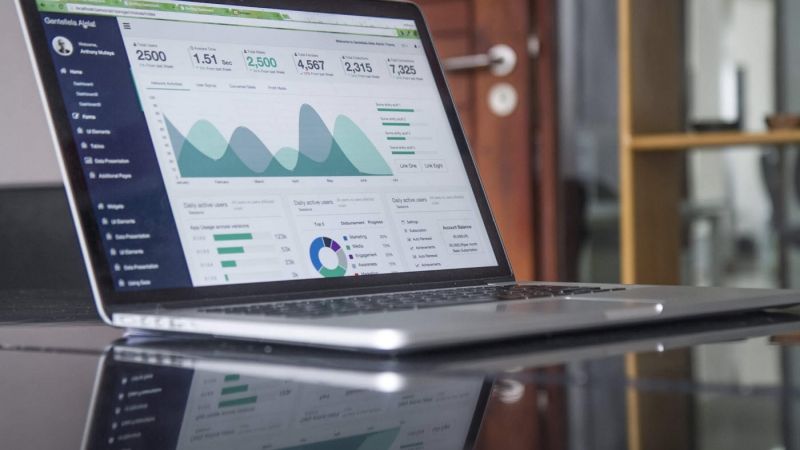Building surveys involve looking at frequency of use. There are two ways to get to the question of frequency of use. The first is to analyze your transactional data and create a suitable measure, such as the average number of visits in the last week, month, year etc. This provides a reliable benchmark, but it does not allow you assess the attitudes behind those behaviors.
Alternatively, we can ask our survey respondents how frequently they have visited a website or eaten at a restaurant. The advantage with this approach is that it allows you tie this frequency to other variables of interest, such as performance on key service factors or dollars spent. There is a caveat, however. The farther back you ask respondents to recall the less reliable their answer will be.
Assuming we want to ask patrons of Moe’s Diner how frequently they visit the restaurant, there are options in how this question can be asked.
Option one:
How frequently do you eat at Moe’s?
Very infrequently Somewhat infrequently Occasionally Somewhat frequently Very frequently
Option two:
In the last 30 days how often have you eaten at Moe’s? (Hint: Option two is better!) Either of these approaches will yield workable data. However, the first option, with its scaled approach, is limiting in that we do not know what the differences are between categories.
This alone makes it less actionable. The second option can be presented as an open-ended question or scaled (e.g. none, 1 – 2 times, 3 – 5 times, etc.). Open-ended will provide numerical data, scaled will provide ordinal data. Either of these is superior to option one. Capturing frequency of usage in your customer satisfaction survey allows marketers to establish workable benchmark.
For example, in analysis we would check to see if there are differences in average amount spent by frequency of usage category. These measures can provide actionable areas for improvement. Again an example, if you know that moving average usage from one time per week to two times will increase revenue by the average amount of the bill this provides a realistic target to work toward.







